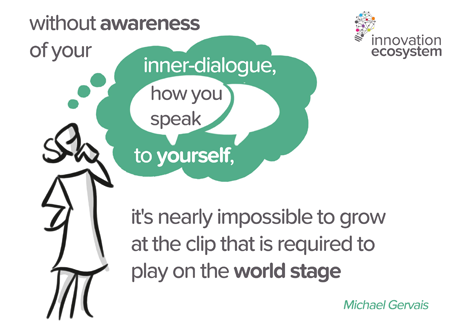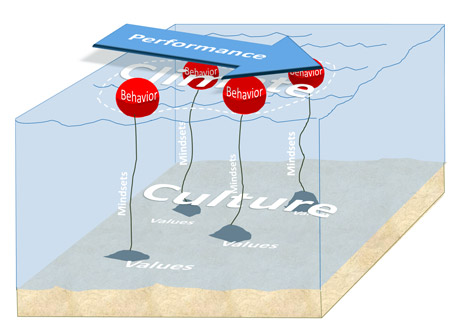Interdisciplinary Innovation: Being Innovative is a Way of Imagining, Perceiving, Expressing, Inventing & Inspiring
Innovators present creatively disruptive traits, disrupt old ways, and inspire better ways to do things. They are passionate to connect, to learn, and to explore by understanding commonalities and appreciating uniqueness. Being innovative is a growth mindset and a proactive attitude. You cannot wait for something to happen---keep curious, always think profoundly, learn fresh knowledge, and acquire new capabilities.







